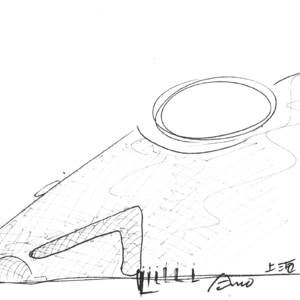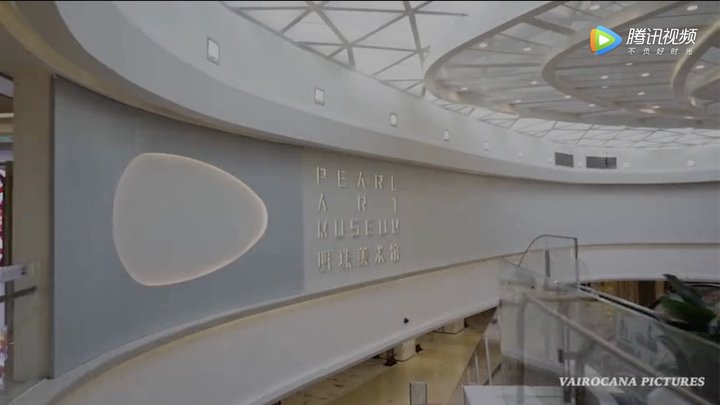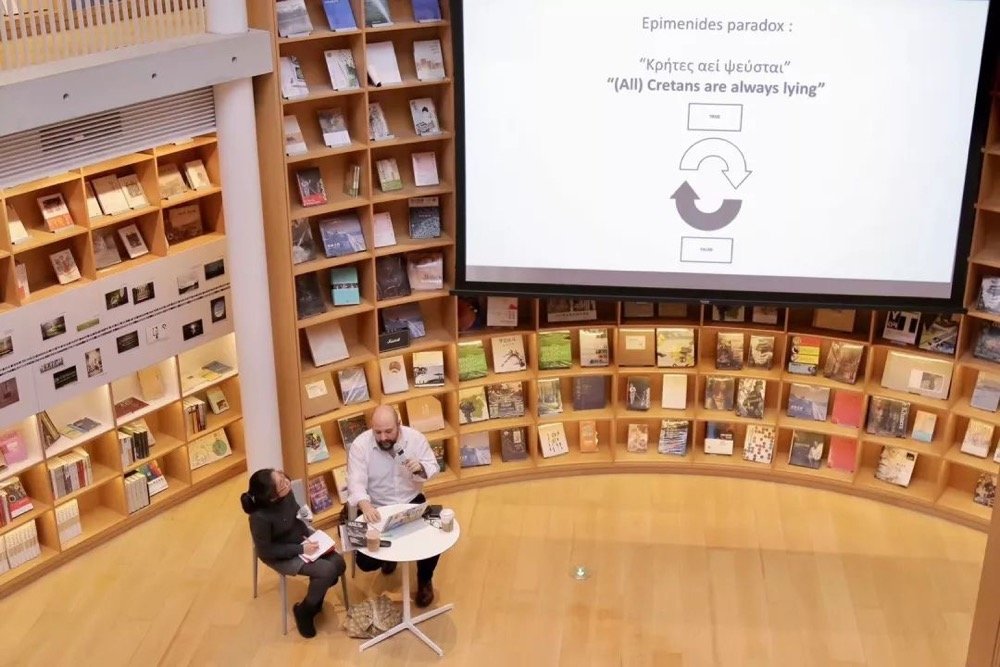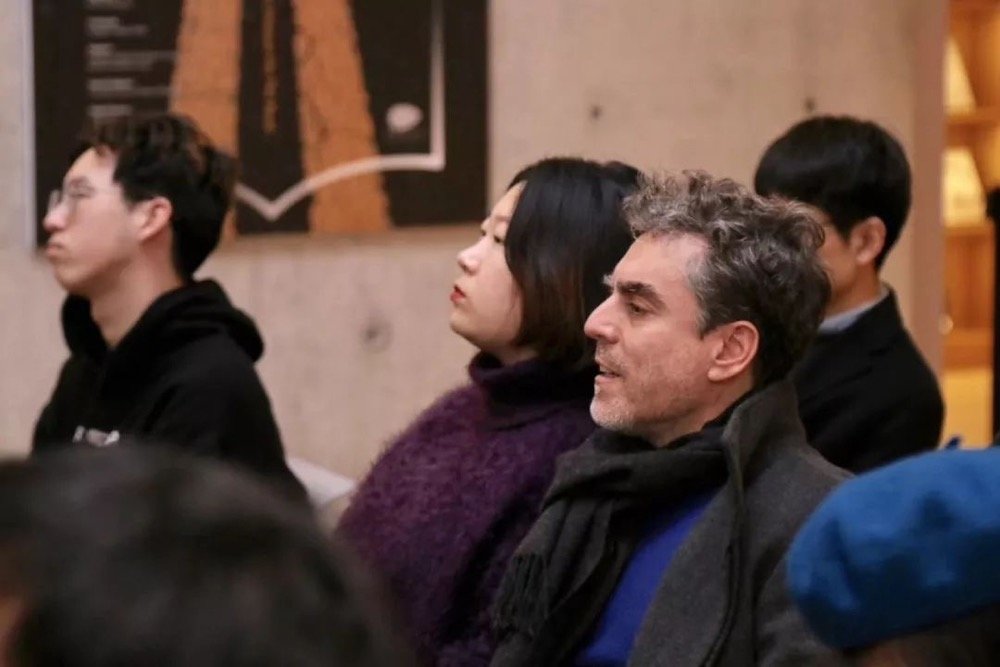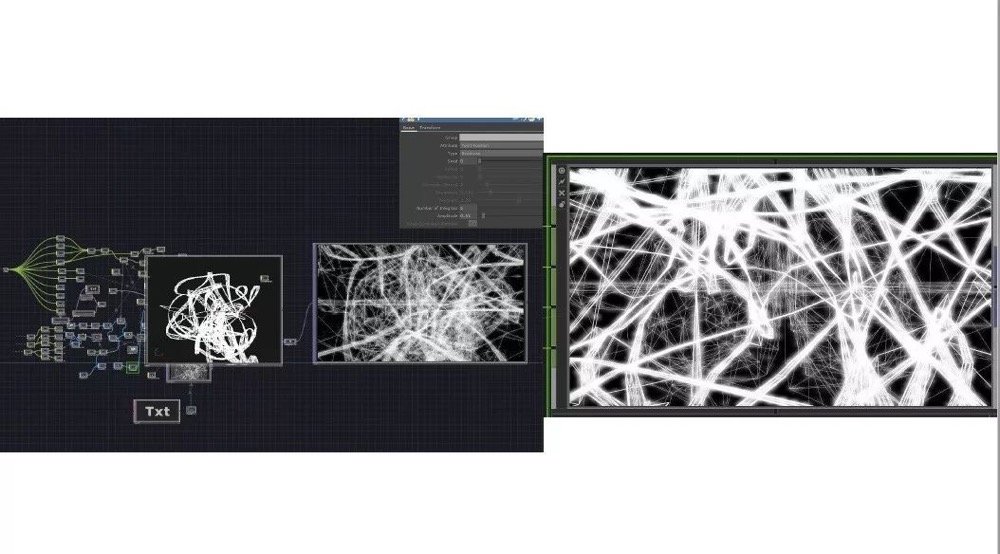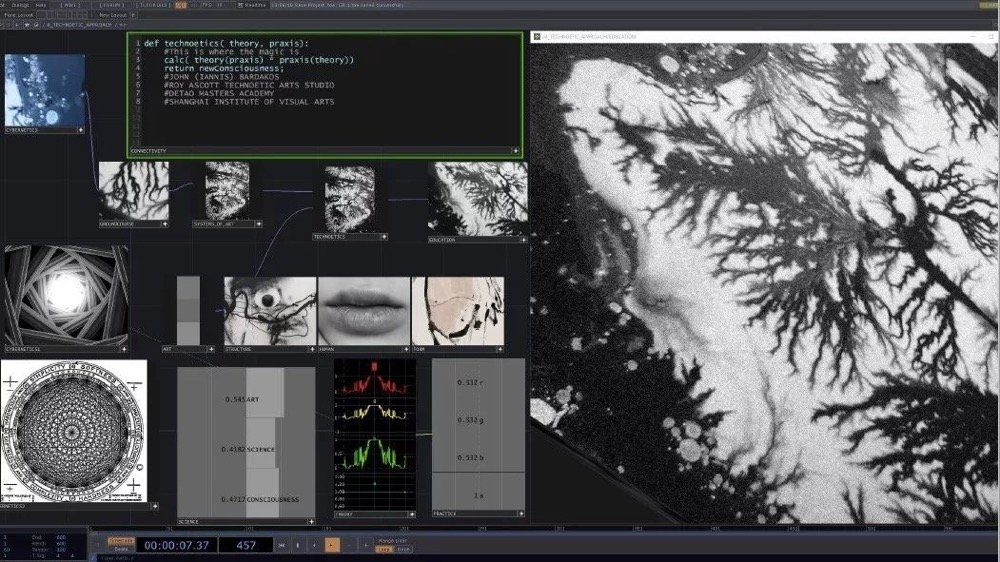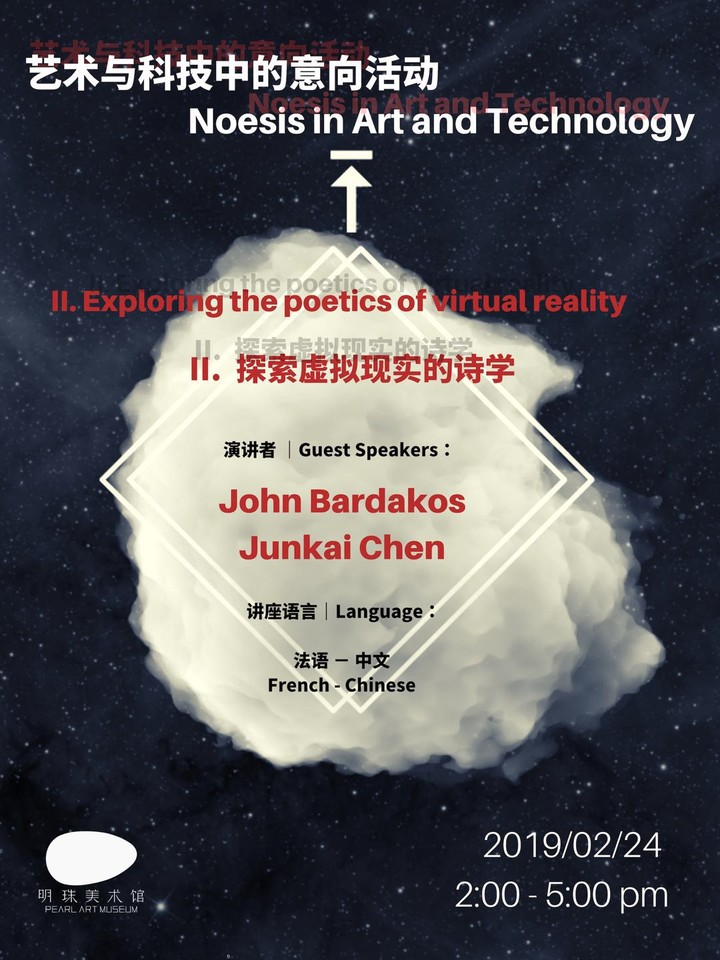
PAM当前展览“(重)塑世界:法国国立当代艺术中心(Le Fresnoy)数字艺术创作二十年”将持续至3月3日,展览的倒计时阶段,数字艺术研究者、艺术家John Bardakos的系列讲座“艺术与技术中的意向活动(Noesis in Art and Technology)”将于本周日2月24日14:00举办第二场:探索虚拟现实的诗学 Exploring the poetics of virtual reality
在“(重)塑世界”展览的背景下,该系列的第二场讲座将侧重于虚拟的概念,分为理论与实践两个部分。
第一部分:引导观众了解围绕虚拟理念的一些基本概念
第二部分:创作沉浸式虚拟空间的实践工作坊
在本场讲座中,John Bardakos邀请“(重)塑世界”参展艺术家陈俊恺一起参与,共同分析讨论和解释虚拟空间、虚拟时间、虚拟身份、自我和虚拟行为。在这种“真实”与“非真实”之间的精神振荡中,观众将和艺术家一起,从物理学、技术、形而上学和艺术的重大进步中开始历史性的旅程,在此过程中讨论相关的种种理论。通过分析人类在时空中的经验要素,最后将艺术与技术的关联(作为对“硬件”和“软件”的更广泛理解)结合起来,帮助我们在虚拟环境中重塑人类的经验。
在本讲座的第二部分中,观众将了解到不同框架的简要介绍和计算机系统(数码时空的发动机),借此理解虚拟体验、视频游戏、计算机生成空间和虚拟交互艺术的创造过程。
We are glad and honoured to announce you the second edition of this cycle of lectures “Noesis in Art and Technology”. This time John Bardakos, whom you met during our last meeting in January about “The Poetics of Technoetics”, will be accompanied by the Chinese artist Junkai Chen.
This second lecture provided in the context of the exhibition, “(Re)Model The World” at PAM, focuses on the notion of the virtual.
The lecture has no theoretical or practical prerequisites and is divided into two parts: theoretical and practical. The first part aims to direct the audience towards the understanding of some basic concepts on the notion of virtual, the second part is in the form of a practical workshop on the creation of virtual immersive spaces.
John Bardakos and Junkai Chen will analyse, discuss and explain the ideas of virtual spaces, virtual time, virtual identities, selves and virtual behaviours. In such a mental oscillation between the “real” and the “non-real”, the audience and the artists will start together an historical “voyage” from the first huge steps of physics, technology, metaphysics and art, a journey along which all these ideas will be discussed. By analysing the elements of the human experience in space-time, the artists will end with a correlation of art and technology (as a broader understanding of hardware and software) which help us towards the reframing in a virtual milieu the human experience.
For the second part of this lecture, the artists will briefly expose us to different frameworks, computer systems (digital space-time generating machines) that allow us to understand the process of making virtual experiences, videogames, computer generated spaces and virtual interactive art.
